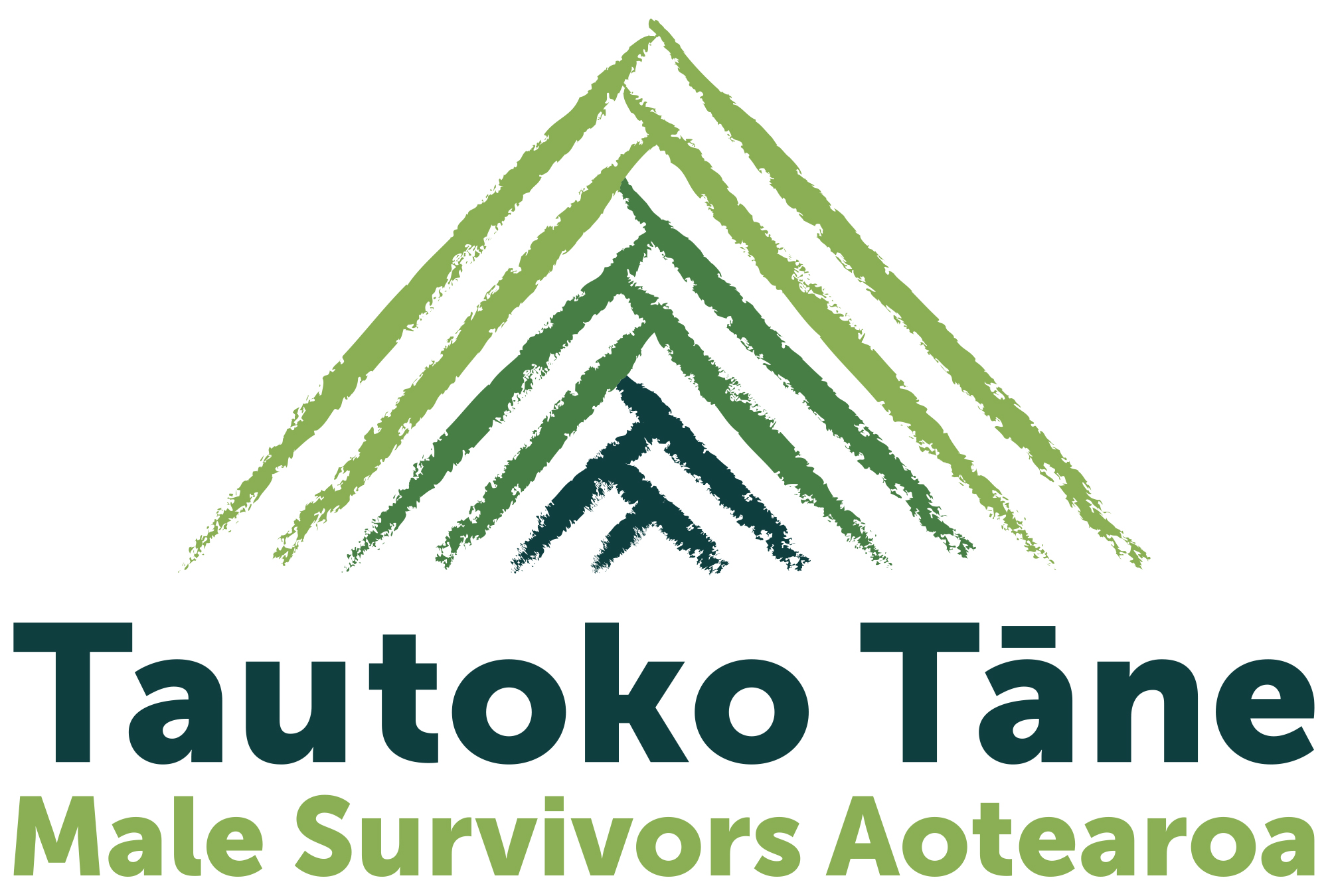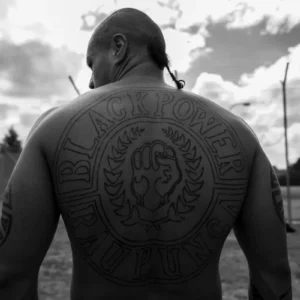More than 300 Catholic priests across Pennsylvania sexually abused children over seven decades, protected by a hierarchy of church leaders who covered it up, according to a sweeping grand jury report released Tuesday.
The investigation, one of the broadest inquiries into church sex abuse in U.S. history, identified 1,000 children who were victims, but reported that there probably are thousands more.
Published in The Washington Post
“Priests were raping little boys and girls, and the men of God who were responsible for them not only did nothing; they hid it all. For decades,” the grand jury wrote in its report.
The 18-month investigation covered six of the state’s dioceses — Allentown, Erie, Greensburg, Harrisburg, Pittsburgh and Scranton — and follows other state grand jury reports that revealed abuse and coverups in two other dioceses. The grand jury reviewed more than 2 million documents, including from the “secret archives” — what church leaders referred to the reports of abuse they hid from public for decades, state Attorney General Josh Shapiro said at a news conference Tuesday.
The 1,400-page report, delivered in scathing language, described some of the alleged abuse in disturbing detail:
In Erie, a 7-year-old boy was sexually abused by a priest who then told him he should go to confession and confess his “sins” to that same priest.
Another boy was repeatedly raped from ages 13 to 15 by a priest who bore down so hard on the boy’s back that it caused severe spine injuries. He became addicted to painkillers and later died of an overdose.
One victim in Pittsburgh was forced to pose naked as Christ on the cross while priests photographed him with a Polaroid camera. Priests gave the boy and others gold cross necklaces to mark them as being “groomed” for abuse.
The report makes clear that few criminal cases may result from the massive investigation.
“As a consequence of the coverup, almost every instance of abuse we found is too old to be prosecuted,” the report said.
Shapiro said at a news conference that he was bound by the state’s statutes of limitation. In Pennsylvania, victims of child sex abuse have until they are 30 to file civil suits and until they are 50 to file criminal charges. The oldest victim who spoke to the grand jury was 83.
“We all wish more charges could be filed, but due to the church’s manipulation of our weak laws in Pennsylvania, too many predators were out of reach,” Shapiro said.
The investigation has helped renew a crisis that many in the church thought and hoped had ended nearly 20 years ago after a church scandal erupted in Boston. But recent abuse-related scandals, including in Australia and Chile, have reopened questions about accountability and whether church officials at the highest levels are still covering up crimes.
About 15 victims flanked Shapiro at the news conference Tuesday, several holding back tears.
James VanSickle, 55, recalled to reporters being sexually abused in 1981 by a priest in Erie, but the priest was not prosecuted for the abuse because the statute of limitations had passed.
“This is the murder of a soul,” said VanSickle, who testified before the grand jury. “We don’t have a statute of limitations on the crime of murder. We don’t go after victims . . . and question their ‘repressed memories’ or ‘recovered memories.’ ”
State Rep. Mark Rozzi (D) told The Post in an interview that he was raped by a priest at his Catholic school in Berks County, Pa. The same priest, he said, sexually abused one of his childhood friends, who killed himself in 2009.
Rozzi called on fellow legislators to pass measures that would eliminate the statute of limitations for criminal prosecution of sexual abuse of children.
In addition to ending such limitations for criminal cases, the grand jury also called for a law to allow older victims to sue the church for damage inflicted upon them as children, tighter laws that mandate the reporting of abuse and an end to nondisclosure agreements when settlements have been reached.
The new allegations have focused attention on Pope Francis and his handling of abuse as many Catholics look to him to help the church try to regain some of its credibility.
The Vatican press office declined Tuesday to comment.
The grand jury’s report follows the resignation last month of Cardinal Theodore McCarrick, a towering figure in the U.S. church and a former archbishop of Washington who was accused of sexually abusing children and adults for decades. Both have further polarized the church on homosexuality, celibacy and whether laypeople should have more power.
Cardinal Donald Wuerl, currently the archbishop of Washington, figures prominently in the report, because he led the Pittsburgh diocese as its bishop from 1988 to 2006. The grand jury depicts his actions as a mix of well-intentioned and obfuscatory, at times stopping abusive priests from continuing in their ministries in the diocese and at other times guiding them back into parishes.
Wuerl defended his conduct in a statement, saying: “While I understand this Report may be critical of some of my actions, I believe the Report confirms that I acted with diligence, with concern for the victims and to prevent future acts of abuse.”
Pennsylvania is believed to have conducted more investigations of institutional child sex abuse than any other state. But there is no full accounting of abuse in the Catholic Church in the United States.
Peter Isely, a longtime advocate for victims of sexual abuse, said groups have long been pressing the U.S. government for a national investigation of child sex abuse, especially in the Catholic Church. Isely, who was abused and is a spokesman for the global group Ending Clergy Abuse, said that a five-year inquiry in Australia is “the gold standard,” but that other nations, including Canada, Germany and Ireland, have conducted national forensic reviews.
“Imagine if they did what was done in Pennsylvania, but nationwide,” he said, but noted that the problem needs to be solved by the Vatican.
The closest thing was a 2004 study by the John Jay College of Criminal Justice at the City University of New York. It reviewed abuse by priests and deacons from 1950 until 2002.
Worldwide, national law enforcement agencies are targeting abuse within the church. In Chile, prosecutors and police are raiding church offices, confiscating documents and looking for evidence of crimes that went unreported to police. On Tuesday, the Associated Press reported that authorities were raiding the headquarters of Chile’s Catholic Episcopal Conference.
The crisis in Chile is just one case in a new wave of abuse-related revelations that have raised pressure on Francis to deal more forcefully with abuse. In France, Cardinal Philippe Barbarin is facing a trial on criminal charges of not reporting sexual abuse. In Australia, one archbishop was recently convicted in a criminal court for concealing sexual abuse, and Cardinal George Pell, a top Francis lieutenant, will soon stand trial on charges related to sexual offenses.
Reis Thebault and Julie Zauzmer in Washington contributed to this report.
By Michelle Boorstein, Reporter
Published in The Washington Post
14 August 2018




